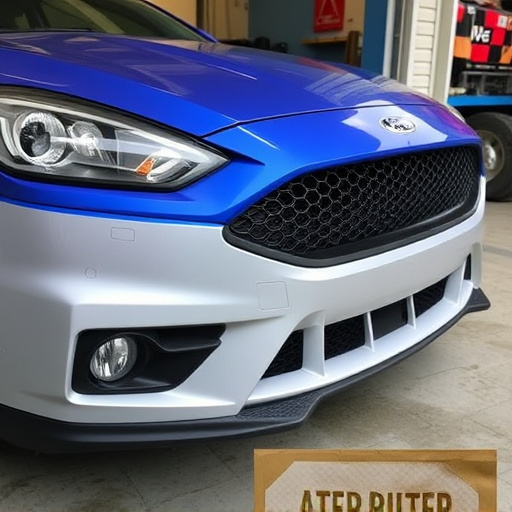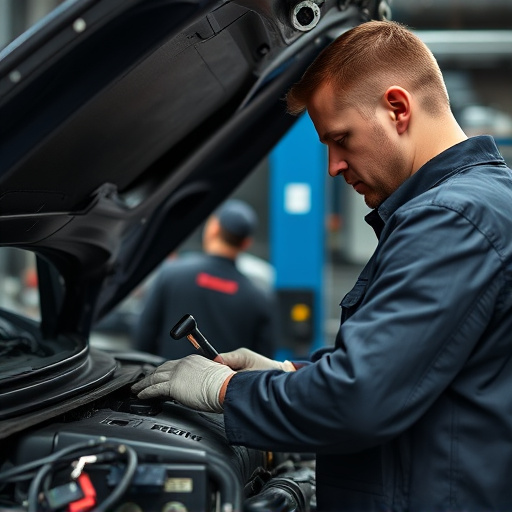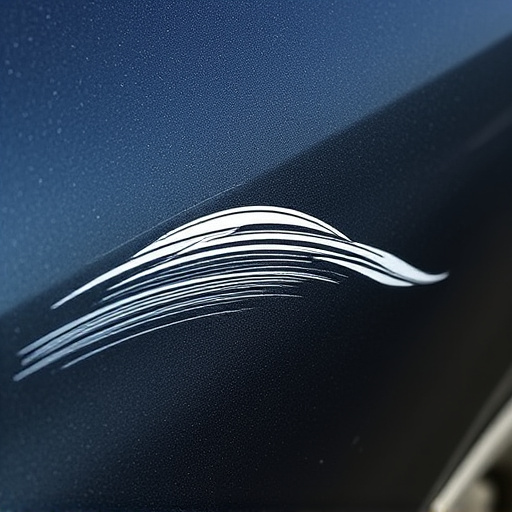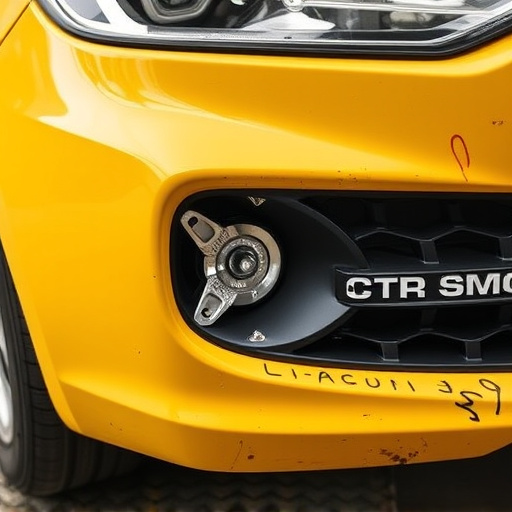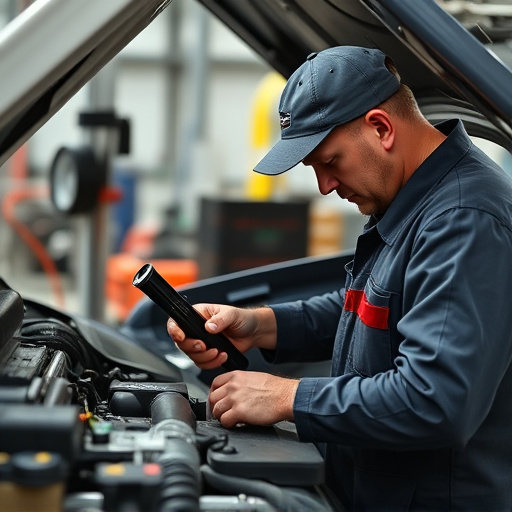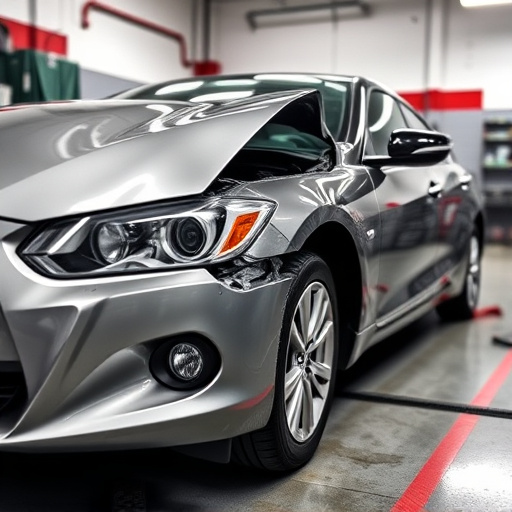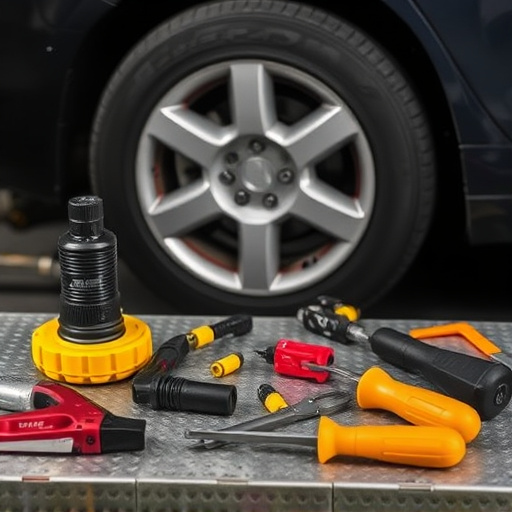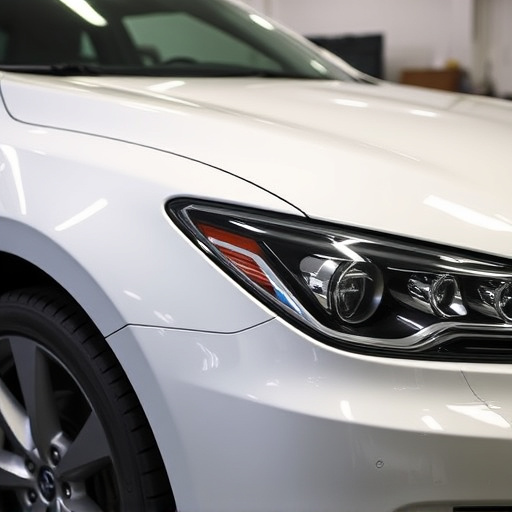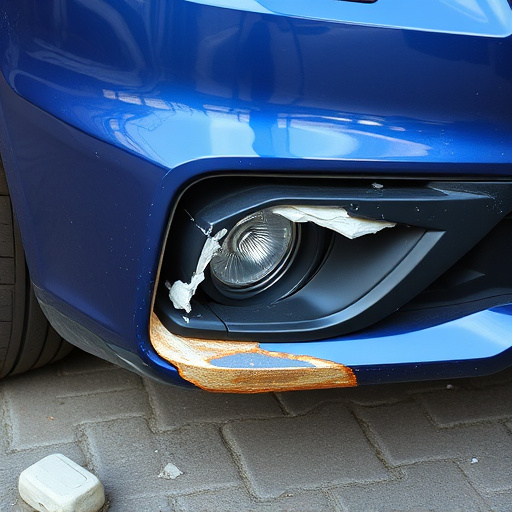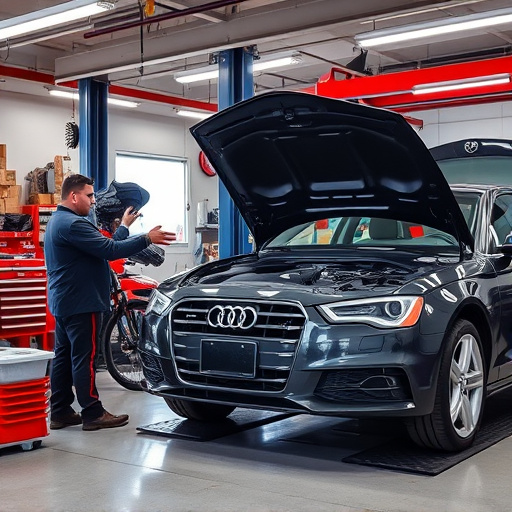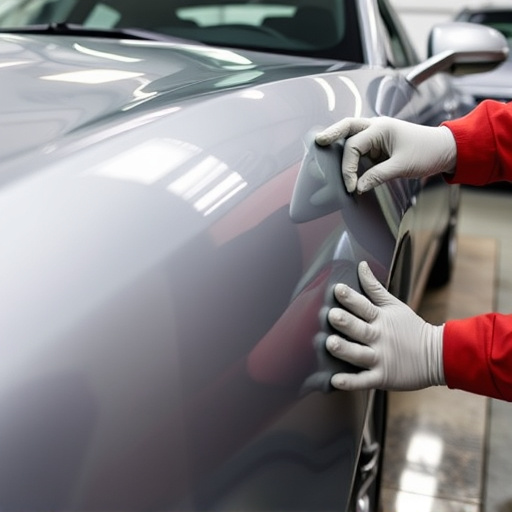Precision frame alignment is crucial for safe, efficient vehicle operation, particularly in collision repair. It adjusts structural components for optimal harmony, ensuring smooth steering, improved driving experience, enhanced fuel efficiency, and reduced tire wear. Advanced tools like robotic welding and digital measuring equipment achieve maximum accuracy, enabling technicians to meet original specifications and prevent costly repairs.
Precision frame alignment is a critical aspect of vehicle maintenance, ensuring smooth and predictable steering. This essential process aligns the vehicle’s frame with its steering components, optimising performance and safety. By understanding the basics of precision frame alignment and its key benefits, drivers can enjoy improved handling, reduced tire wear, and enhanced overall driving experience. This article delves into these aspects, exploring techniques and tools to achieve seamless alignment.
- Understanding Precision Frame Alignment Basics
- Key Benefits of Accurate Steering Alignment
- Techniques and Tools for Achieving Seamless Alignment
Understanding Precision Frame Alignment Basics

Precision frame alignment is a critical process that forms the foundation for safe and efficient vehicle operation. It involves meticulously adjusting the structural components of a car or truck, ensuring all parts are aligned correctly and in harmony. This meticulous art is particularly crucial in automotive collision repair, where vehicles often sustain significant damage, requiring precise restoration to their pre-accident condition.
By focusing on the frame, which serves as the vehicle’s backbone, precision frame alignment technicians can restore structural integrity, enhance handling dynamics, and ensure optimal performance. This process involves advanced equipment and specialized knowledge to measure, analyze, and correct any misalignments in the car body, including the chassis, suspension, and steering systems. It is a fundamental aspect of vehicle bodywork that guarantees both safety and smoothness during driving, making it an indispensable practice in the car body repair industry.
Key Benefits of Accurate Steering Alignment

Precision frame alignment is a critical process that brings myriad advantages to both vehicle owners and automotive professionals alike. One of the key benefits is the assurance of smooth steering, eliminating any wobbles or vibrations during driving. This not only enhances the overall driving experience but also contributes to better fuel efficiency and reduced tire wear. By ensuring all components are perfectly aligned, this meticulous technique allows for precise handling, making every turn confident and controlled.
Moreover, accurate steering alignment is instrumental in preventing costly repairs down the line. In an auto body shop or during a classic car restoration, misaligned frames can lead to uneven wear on tires, brakes, and suspension systems. Regular precision frame alignments, however, can mitigate these issues, saving time and money for vehicle owners. This practice is particularly beneficial for those offering car paint services, as it ensures the newly painted surface aligns perfectly with the rest of the vehicle, resulting in a flawless finish.
Techniques and Tools for Achieving Seamless Alignment

Precision frame alignment is a critical aspect of ensuring smooth and predictable steering in vehicles. Achieving seamless alignment involves advanced techniques and specialized tools designed to minimize errors and maximize accuracy. One key method is using robotic welding systems, which offer consistent precision throughout the alignment process, reducing the risk of human error that can occur with manual methods.
Additionally, digital measuring equipment plays a pivotal role in modern fleet repair services. Laser-based sensors and 3D imaging technology provide detailed scans of the vehicle’s frame, allowing technicians to identify even the subtlest misalignments. This data is then fed into specialized software that calculates the exact adjustments needed for optimal alignment. Such sophisticated tools are essential for high-quality automotive body work, ensuring that vehicles return to their original specifications and perform flawlessly on the road.
Precision frame alignment is not just a nicety, but an essential aspect of vehicle maintenance that ensures optimal performance and safety. By understanding the basics and leveraging the right techniques with modern tools, car owners and mechanics can achieve smooth, predictable steering, enhancing both driving experience and vehicle longevity. This, in turn, contributes to better fuel efficiency and reduced wear on critical components.
